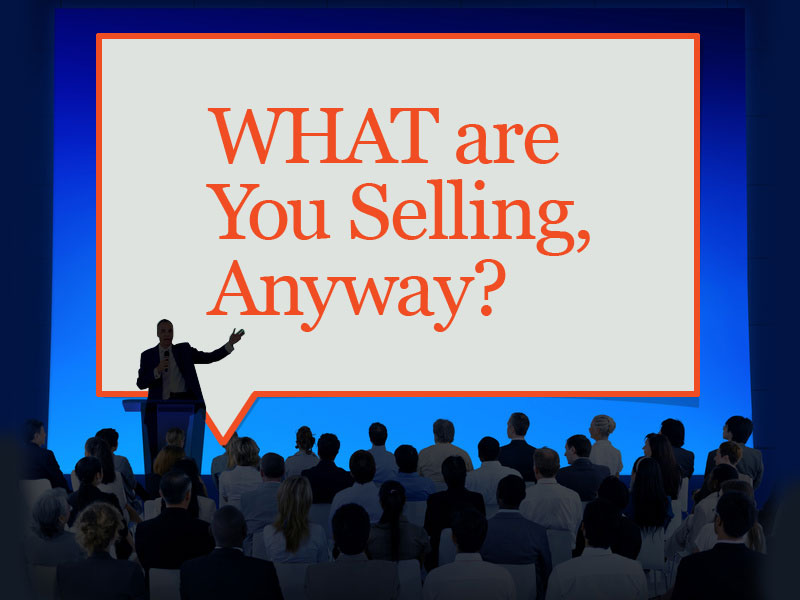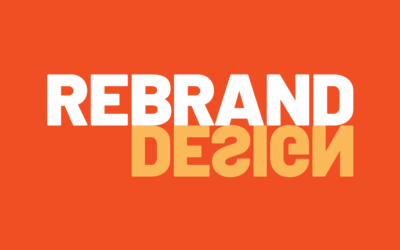Many businesses make the same mistake of talking only about themselves, assuming that their audience will automatically see the connection to what they’ll gain from the services being offered. Some of these businesses take a “build-it-and-they-will-come” attitude that could very well undermine their own long-term objectives. In many ways, this is human nature. We’ve all been conditioned into telling people what we “do” for a living without thinking any deeper about it. In order to be an effective marketer, it’s imperative that we continually remind ourselves of the true value we bring to our markets. Usually, that customer benefit is intangible. Quite often, we learn that it’s an emotional one.
Establish Emotional Connections with Your Audience
For many years, the most popular make of automobile in the Rust Belt was also the worst rated. Anyone who researched repair histories and reliability ratings would have learned that this particular make was not recommended. But, why was it still so popular in this particular region? Well, it had little to do with the intelligence of the consumer. It was mostly because the manufacturer researched their audience very well. They understood them to be primarily blue-collar males and promoted their cars and trucks to appeal to them emotionally. They found a way to mask their less-than-stellar track record and convince them that they had more to offer than just a means of transportation. They also had a long history and instant brand recognition that brought a level of accessibility to the consumers. They offered a symbol that reflected their values. They knew that, by reaffirming those binds, they still had opportunities to preserve market share.
Identifying and Pushing the Buttons
Identifying emotional selling points is best done by creating user personas that provide insights beyond business cases and economics. Understanding their demographics, education, social media profiles and even activism can go a long way toward discovering their emotional buttons, uncovering ways to shorten the sales cycle and building brand loyalty. How do you make their lives easier? What pressure points can you help relieve? What can you offer that helps them sleep at night? What are the long-term benefits that go beyond the product you’re selling.
Make It Clear Why You Matter to Them
Whether you’re selling cars or high-tech widgets, how you promote it should not be about you; it should be about the consumer. Perhaps, there’s a “peace of mind” gained in knowing that a certain problem is being solved. Or, maybe, it’s some form of economic “relief” that the buyer will experience. Or some other “pain point” that is being tempered. It could even be about enabling them to spend more time on things that they do best. These are all emotional benefits.
Moreover, the words and pictures you choose are just as important as the bottom line. Are you speaking in their language or getting caught up too much in industry jargon? Are you using infographics to engage and educate, or using pictures that serve as little more than “eye candy”? Are you using your blog to share your expertise, or treating it as just another a sales tool? Are you putting your audience first or just talking about yourself? Are you focusing on the “whys” instead of the “whats”?
So, step outside the bubble and see your business the way others see it. Understand who your audience really is and establish those emotional connections. Distinguish your business in ways that are important to them. Share your expertise and build a foundation of non-tangible value that transcends your products and services and builds loyalty. Allow it to propagate throughout your organization and make sure to keep them plugged in to what you really offer and why it matters to your market. And, strive to continually to deliver on your brand promise. In the end, both you and your audience will be better for it.
Related Posts
A story that’s never completely told.
Building a great brand is never once-and-done. It’s more than a name, logo, and graphics. It’s a frame of mind — an experience — with a narrative that stays relevant and makes its audience part of the story.
Three major hurdles of business naming
Business naming is one of the more difficult things we do. Aside from the creative challenges, there are three major hurdles we have to clear. For every name we present, there are, literally, dozens of candidates that never make the cut. The client never sees any of those.
A redesign is not a rebrand
If you’re considering rebranding your business, product, or service, it’s important that you understand the difference between a redesign and a rebrand. A redesign is just what it says: a new look. However, a rebrand is so much more.
A great brand requires enduring vision
Ask yourself how your current challenges and objectives align with your long-term vision. Have you lost your way, or are you sticking to your Brand Promise? Is it still meaningful to your customers and prospects? Have you allowed yourself the room to evolve with their needs, or have you boxed yourself in?
What do you want your business to look like five years from now?
If your brand cannot adapt to change, you could end up burning cycles recovering what you lost instead of spending your time building on what you have. As Ben Franklin once put it, “An ounce of prevention is worth a pound of cure.”
Get real.
Don’t claim to be what you’re not. Embrace what you are, what makes you great and why that should be important to your audience.







